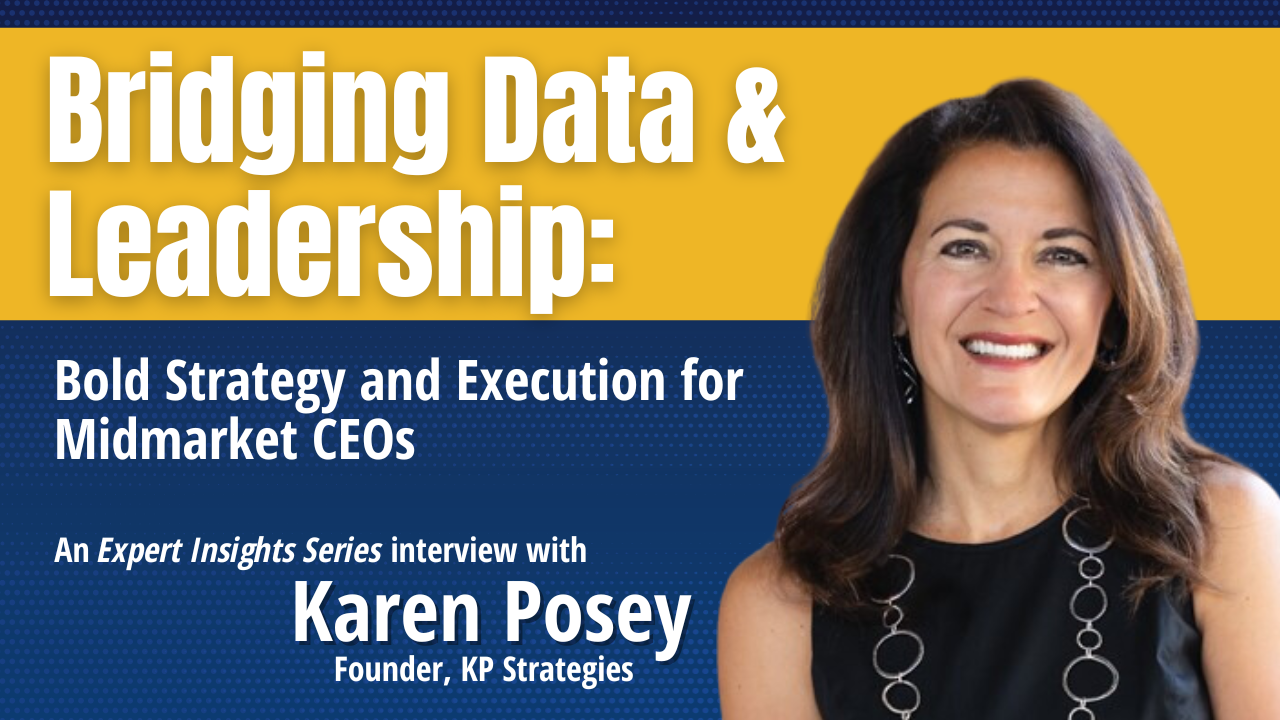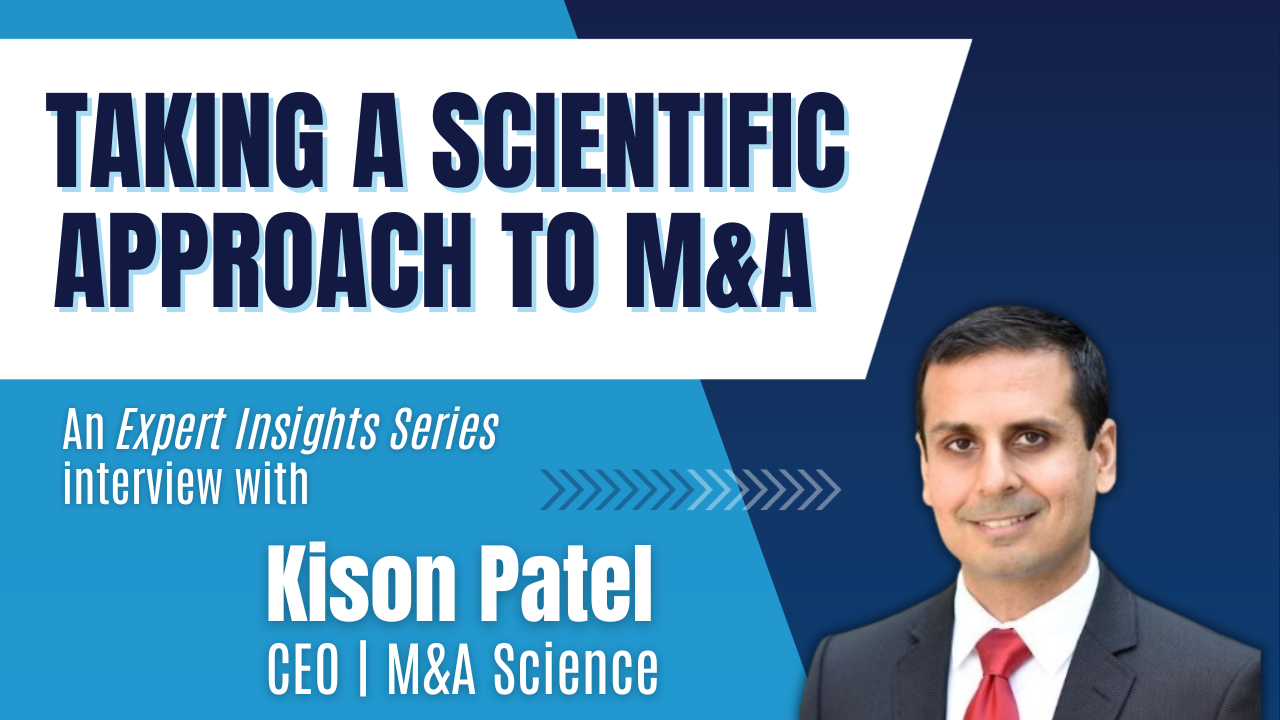If you're trying to keep up with the complexities, advances, and more options than ever within the current data landscape... you’re in good company.
This white paper serves as an overview of the current data management landscape, offering insights and strategies that have empowered our mid-market clients to navigate their data challenges. Toward the end, we’ll share some information on the solution we provide - a data analytics platform coupled with a fractional data team. While our approach is an option for right sizing your data management, the core aim of this paper is to broaden your understanding and help you develop or refine your own data strategy.
Jump to section:
- A Data-First Approach to BI Analytics
- Data Lakehouse: A Modern Approach to Data Management
- Preparing for the Future of Data Management
- Bridging the Tech Talent Gap
- Blue Margin's Managed Data Service (MDS)
A Data-First Approach to BI Analytics
In a rush to generate reports and dashboards for better visibility into company performance, it's easy to overlook the foundation—your data. While it’s possible to connect visualization tools directly to source systems, this approach will not scale effectively.
2 Pitfalls of a “Report-First” Approach:
Data Disparity: Building reports from disparate data sources can lead to inconsistencies and unreliable or missed insights.
Limited Scalability: Without a consolidated data environment, your ability to scale your analytics efforts can be severely restricted.
In contrast, taking a “data-first” approach builds the foundation of a well-organized and integrated data environment. When you start by consolidating and integrating data, your reports are less likely to break or need constant updates, and your reports can show important insights between data sources (think Epicor, QuickBooks, and HubSpot data communicating seamlessly) which provides you the oversight and control you need to proactively manage your company.
Data Lakehouse: A Modern Approach to Data Management
Traditional Data Warehousing
Traditional data warehouses have long been the cornerstone for data consolidation. But let's face it, the setup is cumbersome, taking weeks or even months to become operational, and at significant expense. If you're a mid-market executive, you may have found yourself having to decide whether to invest a small fortune and 6-12 months into building a traditional data warehouse or face ongoing costs for nonintegrated data acquisition and reporting. Neither is ideal.
The Shift in Paradigm: Data Lakehouse
Enter the data lakehouse—a nimble, cost-effective alternative that's quickly becoming the new standard. With the latest technology available through Microsoft Azure and other providers, you can have a fully consolidated and integrated data environment in as little as a few days.
Particularly for companies looking to scale or pursuing buy-and-build strategy for growth, quick data consolidation and integration gives you a critical companywide view into performance, so you aren’t flying blind during rapid growth stages. Data lakehouses support automated reporting through tools like Power BI to bring you real-time insights into your data, making it easier to make informed decisions without having to resort to manual, time-consuming Excel reports.
For more insight into the structure and benefits of data lakehouses, here’s a short video on how they differ from traditional data warehouses and data lakes.
Preparing for the Future of Data Management
The Rise of Generative AI
Generative AI is going to revolutionize the way we interact with data, and despite the initial AI hype of early 2023 cooling off (somewhat) in the media, development is actually accelerating. From automating machine learning to automatically creating visualizations and reports, the state of the art around generative AI in data and analytics is advancing rapidly.
Data lakehouses prepare your business to be able to take advantage of these advances by laying the data foundation generative AI analytics will need in order to function. Lakehouses support fast creation and iteration of the semantic layers coming AI tools will need to support natural language querying. This will enable even non-technical team members and executives to query and interact with data through normal language; no SQL or DAX knowledge needed.
Earlier this year, the Microsoft Build conference introduced the future of data analytics with Power BI Copilot, a tool that allows users to query data sources, generate reports, and even build visualizations using natural language. The demo is well worth the three minutes it takes to watch. (Click here for a demo of Power BI Copilot.)
Current State of the Industry
Natural Language Queries: New tools based on GPT models have shown promise in translating natural language into SQL queries. They are improving quickly, and we expect them to be ready for use across businesses in 2024.
Automated Analytics: Generative AI can take a dataset and provide suggested reports and analysis, ready for the user to modify with simple questions and directions. It can identify unexpected and useful trends and data for the user to investigate and act on.
Competitive Opportunity
In order to provide accurate answers and meaningful analysis, AI requires a foundation of well-organized data. Getting your data environment in order may offer a significant competitive advantage by enabling you to incorporate coming AI tools as they emerge.
Bridging the Tech Talent Gap
The digital transformation wave has left no industry untouched, and the demand for specialized data talent has skyrocketed. However, finding, hiring, and keeping the right talent is easier said than done. According to the 2022 KPMG global tech report, talent shortages are the #1 challenge complicating the adoption of digital technologies. This poses a significant barrier to progress.
Other challenges include…
High Turnover Rates: The demand for data professionals often leads to high turnover rates, as these experts are frequently lured away by competing offers. This instability can disrupt ongoing projects and lead to costly delays.
Skills Gaps: Even when companies manage to hire data professionals, skills gaps often show up. The rapidly evolving nature of data engineering, data science, and analytics means that today's expertise could be stale tomorrow. To that end, nearly 50% of companies spent more on upskilling employees in 2022, compared to 41% in 2021. (Capterra survey).
Cost of Training: Upskilling employees is non-negotiable if you want to stay current with industry trends and technological advances, but it comes with its own set of challenges, including the time and cost involved.
The Fractional BI Team Advantage
With the need for specialized talent and the challenges in securing it, mid-market companies often find themselves at a crossroads when it comes to data management. Unlike large enterprises with extensive in-house BI departments, these companies face the dilemma of whether to invest in staffing and maintaining an internal data team or outsourcing their projects on a time and materials or fixed-cost basis.
We’ve found that the best approach often lies in a third, hybrid approach—hiring a fractional data team.
This approach offers several advantages:
- Cost-Efficiency: Building an internal team can be expensive, often requiring 3-4 FTEs at $400,000-$500,000 in total annual costs. A fractional team, on the other hand, can be accessed through a predictable monthly subscription, at a significantly lower cost.
- Expertise On-Demand: Mid-market companies frequently lack specialized knowledge in BI, data, and analytics. A fractional data team fills this gap by providing immediate access to a diverse range of expertise across multiple skill sets, without having to pay the full total cost of all of those different roles.
- Flexibility and Scalability: Business needs are ever-changing, and a fractional team offers the flexibility to adapt to the evolving needs without the hassle of constant hiring and training.
- Knowledge Continuity: When key team members leave, they often take their expertise and knowledge with them, putting projects at risk. Fractional data teams mitigate this risk by maintaining documentation and knowledge across a team to ensure continued progress.
- Continuous Support and Solution Improvement: Traditional consulting relationships often lack ongoing support between discrete projects. Fractional data teams provide continuous service, making them an ideal choice for scaling your solution and ensuring you have the support to adapt to changing goals and priorities.
If you find yourself grappling with issues like an expertise gap, staffing time-sensitive projects, and the significant cost of creating and maintaining an internal team, it’s time to look at a fractional data team.
Blue Margin's Managed Data Service
What is Managed Data Service?
Managed Data Service (MDS) is Blue Margin’s approach to a full-service, fractional data team. It’s a subscription data analytics platform that gives fast access to data and reporting. MDS onboards your data into a Microsoft Azure Data Lakehouse. The service is hosted by Blue Margin and provides ongoing support from an expert data and analytics team at a fraction of the cost of staffing your own department.
Getting started is simple. Our data platform engineers will stand up your data platform on Microsoft Azure in one to two weeks (depending on the data source). Then our data analytics consultants can start building data models and Power BI dashboards that help you get to the insights you need for decision-making and monitoring. Our Customer Success Managers ensure you’re receiving the tools and support needed to get the most value out of the product, and that we’re keeping pace with your customized data roadmap and evolving priorities.
Our clients are reporting that the MDS model provides them:
- Needed flexibility
- Rapid turnaround and dedicated support on BI report development
- The ability to plan out priorities, gather internal consensus, and know what the cost will be from the beginning
Here’s what we’ve been hearing during our weekly check-ins and report walk-throughs:
- “This is like Christmas!” – COO, $500M Metal Manufacturing Firm
- “I love that I can give requirements on a Friday and have a fully functioning report on Monday.” – CTO, $8M Real Estate Investment Firm
- “Getting these reports from Excel into Power BI is definitely making a difference.” – CSO, $150M Commercial HVAC Firm
- “Your team is fantastic. I love the project management you provide. You run really effective meetings, and sometimes I feel bad we can't keep up with you guys.” – CFO, $500M Commercial Construction Firm
Conclusion
A good middle-market approach to data management involves a nimble and cost-effect data lakehouse paired with an experienced data team. Traditional data management approaches and building internal teams are often too time-consuming and expensive and have left many organizations struggling to keep up with rapid technological advances.
Blue Margin’s MDS handles the challenges of modern data management with a scalable, subscription-based fractional data team. The blend of technology and broad expertise allows your organization to make data-driven decisions faster, stay agile as needs change, and be prepared for upcoming generative AI analytics tools.
As we look ahead, the importance of efficient, effective data management will only grow. Emerging technologies are bringing new standards and best practices, and a fractional BI team is well-positioned to help you keep up. By enabling rapid data consolidation, integration, data modeling, reporting, and (soon) natural language query capabilities, MDS is a better way for many companies to manage and access their data.
Don't let data management challenges slow you down. You don’t need to be a billion-dollar enterprise to have a robust approach to data. We’d be happy to talk to you further about our fractional approach to BI.



/02-BMI-Team/02a-Current-Team/Katie%20Johnson%20-%20Professional.jpg)


